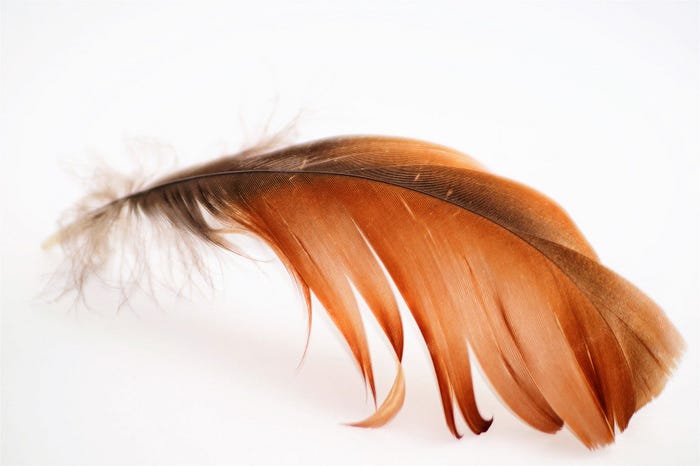Member-only story
Collecting Feathers — The Legal Way
Despite being a fun pastime for many, collecting feathers has questionable legality in the U.S.

Collecting feathers is, for many, a fun pastime we’ve held onto since childhood. A bright bluejay feather or elegant woodpecker primary makes an interesting ornament that catches the eye. But unfortunately, what many aren’t aware of is that it isn’t that simple. Simply taking home a pretty feather can be highly illegal — but not in all cases. So what feathers can you keep, and which are best to leave be?
If you live in the United States, you live where native birds are protected by the Migratory Bird Treaty Act. The MBTA was first enacted in 1916 to protect migratory birds; it was first put in place largely due to over-hunting threatening many species. Under the MBTA, it is illegal to hunt, capture, kill, or sell birds listed as migratory birds — and this includes all parts of birds, even a naturally molted feather. Under special circumstances, one may obtain a permit to possess feathers, bones, and so on — typically given to wildlife educators. Violators of the MBTA can be penalized with fines of up to $150,000 and / or serve six months of jail time. That’s a steep price to pay for a feather. (Granted, these rules are in place to stop illegal hunting, smuggling, and so on — wildlife officials aren’t really looking for those who stumbled across molted feather, nor are they likely to give you anything more than a warning.)
So what birds are protected under the MBTA? Despite the name — pretty much all native birds. In almost all circumstances, that feather you found has to stay where it is. The exceptions are as follows:
Gamebirds — any bird which is legally allowed to be hunted, as such, must be legal to possess in some capacity. This still doesn’t mean that just anyone can pick up their feathers. Some states require a hunting permit.

Non-native species — given that the MBTA was put into place to protect native birds, it does not apply to invasive or introduced species. This includes but is not limited to pigeons, house sparrows, European…

